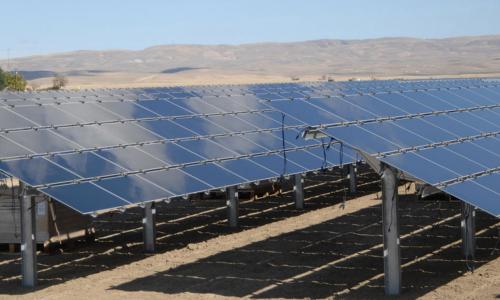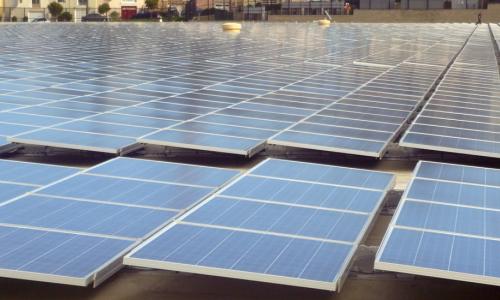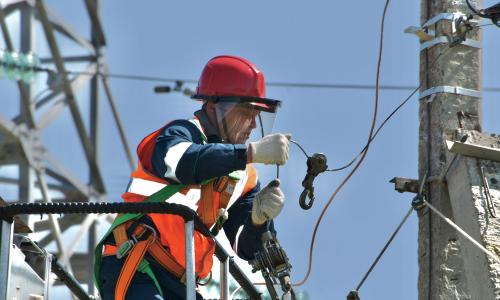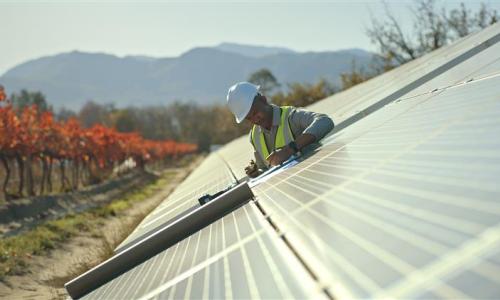California leads the nation in the transition to clean, safe, and renewable forms of electricity. The state is well on its way to supplying 33 percent of its electricity from renewable sources by 2020 and is now considering a policy to get to 50 percent by 2030 — the most ambitious clean energy effort in the nation.
Ramping up renewable energy to this level is not only visionary, it's realistic and achievable. To accomplish it, grid operators must effectively integrate an increasing amount of renewable electricity while maintaining cost-effective and reliable electricity to ratepayers.
The solutions are at hand. As the state plans for this clean electricity future, grid operators should deploy new methods, tools, and infrastructure that allow them to integrate more renewable energy and rely less on fossil fuels to maintain reliability on the grid.
Relying primarily on natural gas to maintain grid reliability will prevent California from achieving its long-term emission reduction goals
As California brings more renewable energy online, it makes environmental and economic sense to turn down generation from other resources as much as possible to make room for this clean generation.
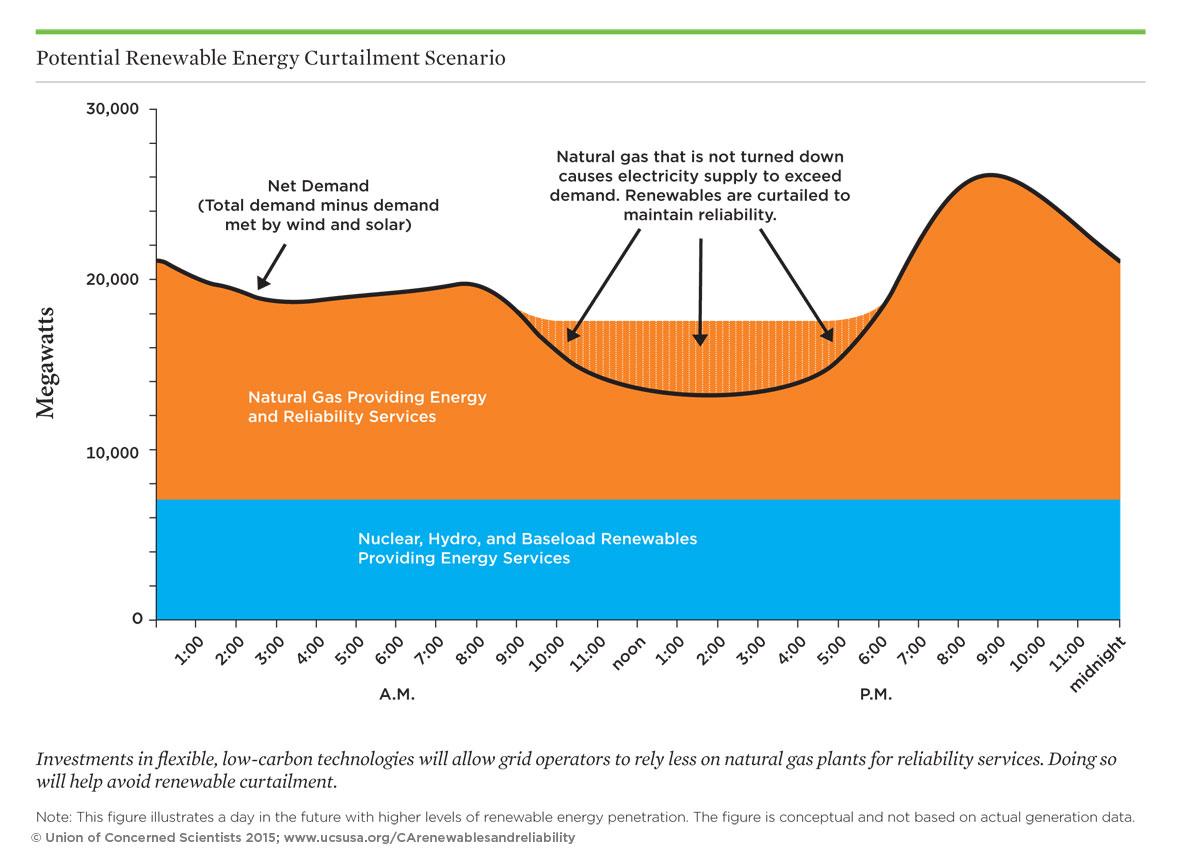
To do so, grid operators must be able to integrate increased renewable energy generation in the middle of the day, primarily due to more available solar energy. At the same time, natural gas plants are also online to provide both energy and ancillary services; if adequate amounts of natural gas generation are not turned down or turned off, electricity supplies can exceed demand — a condition known as "overgeneration."
The California Independent System Operator (CAISO), the state's largest grid operator, currently handles overgeneration by reducing or "curtailing" the generation from renewable energy facilities. This is a missed opportunity because it wastes electricity from clean sources while natural gas plants continue to run; implementing effective grid integration solutions can help overcome this challenge.
Grid integration solutions for California
Technologies and improved grid practices are available today that would allow the state to rely on renewables to supply at least 50 percent of overall electricity needs, a critical strategy in the broader effort to make meaningful reductions in global warming pollution. Solutions for accomplishing it include:
- Targeting energy efficiency in evening hours.
- Smoothing renewable generation profiles through a more diverse fleet.
- Increasing coordination between regional grid operators.
- Deploying energy storage to capture excess renewable generation and provide grid reliability.
- Shifting electricity demand to align with peak renewable output.
- Enabling renewables to quickly adjust their generation and provide grid balancing services. Learn more about renewable energy in California.

